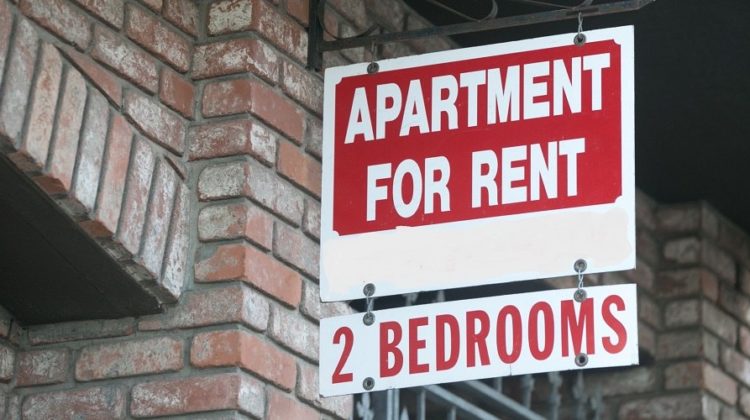

Apartment rents have continued their freefall across most of the Seattle area. Seattle and the suburbs to the east and north have continued to see median rents drop, while suburbs to the south have more mixed results. Rents in some markets around the Puget Sound area, farther from King and Snohomish counties, have seen strong increases in median rents.
Figure 1 shows rents in December 2019 and December 2020, and the year-over-year change. It also shows rents in September, 2020, when the Indexer last reported on the regional rent situation. Bear in mind that these are “asking” rents. Most building owners try to offer one-time concessions, such as months of free rent, or free parking, rather than undertake blanket reductions in asking rents. These concessions are not reflected in rent data, so effective rents for a new tenant for the next 12 months will often be lower than the data suggest.

To the extent there is any pattern to this data, rents in most of King and Snohomish counties have fallen year-over-year, Renton, Kent and Federal Way being the exceptions. Bellevue, which had been spared the first rent drop, saw rents fall in the past few months. A few other markets have seen some recovery in the past few months.
Figure 2 shows the year-over-year rent changes for these markets.

Zumper does not provide an average across the region, but since the declining markets are mostly larger than the markets seeing rent increases, we can presume that average rents across the Puget Sound area are falling.
Nationally, the Seattle metro market has dropped out of the ranks of the highest rents. In January, 2020, Metro Seattle had the nation’s eighth highest median one-bedroom rent, at $1,890. By January, 2021, Metro Seattle had fallen to 17th place, with a median one-bedroom rent of $1,500. (Data in Figures 1 and 2 cover just the city limits of Seattle.)
It is not clear what is driving this significant lowering in rents. Obviously, vacancy rates are high, and landlords and managers do not see any big upswing in demand in the medium term. Institutional investors, who do not rely on rent streams month-to-month, as local investors might, will often ride out a vacancy bubble and offer concessions rather than drop rents. But the fact that rents are dropping significantly indicates that these investors see a much longer period of high vacancy and don’t see concessions as a potent enough tool to fill units.
What is driving that vacancy? As reported last month, and supported by the most recent data, driver’s license trade-ins by out-of-state migrants are getting back to previous levels, so in-migration seems to be holding up. The drops across the Seattle regional market indicate that it is not just people moving from the high rent areas to slightly lower rent areas or from city to suburb.
Rent increases in Bellingham and Olympia may point to more remote-work arrangements. But these are much smaller markets that could not absorb a very large share of those apparently leaving Seattle and its adjacent suburbs.
One possibility: the boomerang effect of in-migration. As the Indexer has reported, the Seattle area has seen the in-migration of tens of thousands of young people in the past decade. Are they moving back home after a few years? Has the bloom worn off the coastal rose? Are young people returning to the cities they once fled or heading to new boomtowns? Metro areas across the Rust Belt are seeing high rent increases, indicating a flood of new residents. In January, year over year rents were up 25 percent in Detroit, 22 percent in St. Louis and Indianapolis and 19 percent in Cleveland.
Looking Ahead
Even with high vacancies and falling rents, a lot of apartments are in the pipeline. In 2019, over 14,000 new apartments were permitted in King County, including over 10,000 new units in Seattle. Pierce County issued permits for about 1,700 new units and Snohomish County permitted about 2,000 units. The great majority of King County apartments will be mid-rise and highrise units, coming in at pretty steep rents.
If the spell has been broken, and young workers are leaving as fast as their replacements are coming in, we could see soft rents and high vacancies for some time. The good news is that for many people who have wanted to enjoy the amenities of living in the center of Seattle, Kirkland or Bellevue, that is becoming more attainable.
The action to watch in the next year will be the prices that institutional investors are willing to pay for new luxury apartment buildings. These prices reflect their assessments of the long term economic future of the Seattle area and its ability to continue to attract young people.
This story previously ran in our partner site Puget Sound Indexer
Discover more from Post Alley
Subscribe to get the latest posts sent to your email.
